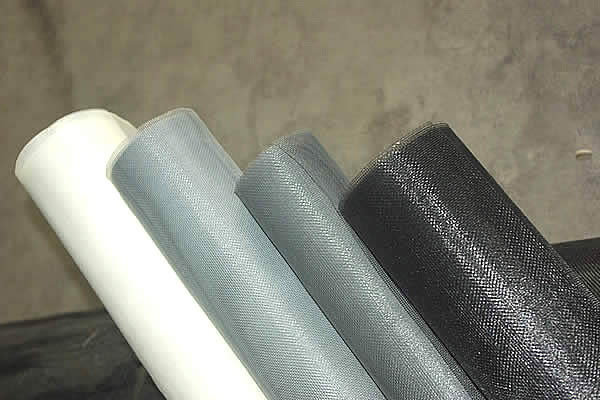 TEL:
+86-13102802206
TEL:
+86-13102802206
 Email:
fencenetting@china.com
Email:
fencenetting@china.com
 Language
Language
 TEL:
+86-13102802206
TEL:
+86-13102802206
 Email:
fencenetting@china.com
Email:
fencenetting@china.com
 Language
Language


Installing Gabion Retaining Walls A Comprehensive Guide
Gabion retaining walls have gained popularity in recent years due to their versatility, aesthetic appeal, and structural integrity. These walls, made from wire mesh cages filled with stones, serve both practical and decorative purposes in landscaping and gardening. If you are considering installing gabion retaining walls, this article provides a detailed guide to help you through the process.
What Are Gabion Retaining Walls?
Gabion retaining walls are structures constructed using stacked cages filled with stone, rock, or other materials. The name gabion comes from the Italian word gabbione, meaning big cage. Commonly used for erosion control, slope stabilization, and to create level areas in hilly landscapes, gabion walls are durable, cost-effective, and blend well with natural surroundings. Their design allows for effective drainage while providing resistance against soil pressure.
Benefits of Gabion Retaining Walls
1. Durability Gabion walls are made from robust materials, making them resistant to harsh weather conditions, rust, and degradation over time. 2. Versatility They can be used in a variety of landscapes, allowing for creative designs that complement natural features. 3. Ecological Advantages Gabion walls promote natural vegetation growth and help with drainage, reducing the risk of flooding and erosion. 4. Ease of Installation Compared to traditional retaining walls, gabion walls are relatively easy to install, even for those with limited experience in landscaping.
Preparing for Installation
Before the installation of gabion retaining walls begins, there are several steps you need to take
1. Planning Determine the purpose and height of the retaining wall. Consider local regulations and codes that might dictate specific requirements for retaining wall construction. 2. Selecting Materials Choose high-quality gabion baskets made of galvanized or PVC-coated wire for enhanced durability. Select stones that are well-graded to prevent voids in the wall. 3. Tools Required Gather necessary tools such as a shovel, leveling tool, tamper, rubber mallet, measuring tape, and landscape fabric to prevent vegetation from growing through the wall.
Step-by-Step Installation Process
Step 1 Site Preparation
Begin by marking the area where you plan to install the wall. Clear the site of any debris, grass, or plants. If necessary, excavate to create a level base, ensuring it is wider than the gabion cages you plan to use. A good base helps to prevent movement and settling over time.

Step 2 Building the Foundation
To create a stable foundation, lay down a layer of crushed stone or gravel. This layer should be about 4-6 inches deep and will help with drainage. Use a tamper to compact the material, ensuring it is level and stable.
Step 3 Assembling the Gabion Baskets
Start assembling the gabion baskets according to the manufacturer's instructions. Make sure to connect the wire mesh securely to form the cages. Lay the first layer of baskets on the prepared foundation, ensuring they are level and aligned.
Step 4 Filling the Gabion Baskets
Fill the baskets with stones, starting from the back and gradually working your way forward. Use larger stones at the bottom for stability and smaller ones on top. Fill the gabion cages in a way that prevents voids, which could compromise the wall's integrity. After filling, securely close the lids of the baskets.
Step 5 Stacking Additional Layers
If your design includes multiple layers, stack additional gabion baskets on top of the first layer. Offset the joints between layers for added strength and stability. Repeat the filling process for each subsequent layer.
Step 6 Final Touches
Once the wall reaches the desired height, inspect it for any loose stones or gaps. Ensure that the wall is straight, level, and visually appealing. Optional You may choose to add plants or decorative elements around the wall to enhance its appearance.
Conclusion
Installing gabion retaining walls is an effective and environmentally friendly solution for managing slopes and controlling erosion. By following the proper preparation and installation techniques outlined in this guide, you can create a durable structure that enhances the beauty of your landscape while providing functional benefits. Whether for practical application or aesthetic enhancement, gabion walls are a valuable addition to any outdoor space.